Search
Remove Ads
Advertisement
Summary 
Loading AI-generated summary based on World History Encyclopedia articles ...
Search Results
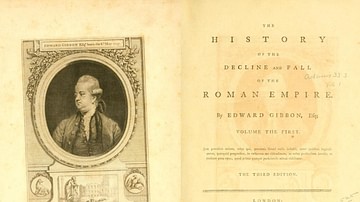
Article
Gibbon's Decline & Fall of the Roman Empire
The English historian Edward Gibbon (1737-1794) wrote and published his seminal work History of the Decline and Fall of the Roman Empire between 1776 and 1788. The dominant theme of Gibbon's six-volume work is that the fall of the Roman Empire...
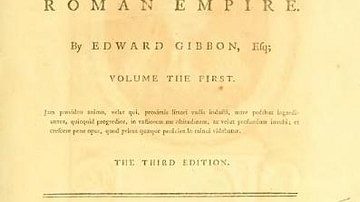
Image
Decline & Fall of the Roman Empire Title Page
The title page of an early edition of the Decline and Fall of the Roman Empire by Edward Gibbon (1737-1794), first published in 1776. (John Adams Library at the Boston Public Library)
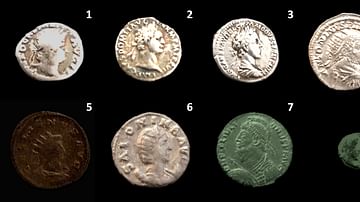
Article
Follow the Money. The Coinage of Later Imperial Rome: A Reflection of Economic Stress and Decline
Unlike the practice of professional numismatists, I prefer to see the “big picture”. So, my entire Roman coin collection, all 250 pieces, from Julius Caesar to Valentinian III is laid out on a single pane of glass in a cabinet, in chronological...

Image
Gibbon's Decline & Fall of the Roman Empire
The history of the decline and fall of the Roman Empire, Volume 1, by Gibbon, Edward, London, 1777.
John Adams Library (Boston Public Library)

Article
Fall of the Western Roman Empire
To many historians, the fall of the Western Roman Empire in the 5th century CE has always been viewed as the end of the ancient world and the onset of the Middle Ages, often improperly called the Dark Ages, despite Petrarch's assertion. Since...

Article
Continuity and Change after the Fall of the Roman Empire
The cataclysmic end of the Roman Empire in the West has tended to mask the underlying features of continuity. The map of Europe in the year 500 would have been unrecognizable to anyone living a hundred years earlier. Gone was the solid boundary...
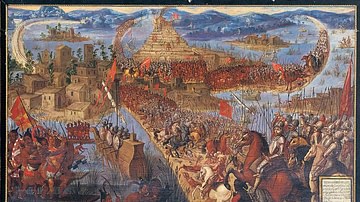
Article
Cortés & the Fall of the Aztec Empire
The Aztec empire flourished between c. 1345 and 1521 CE and dominated ancient Mesoamerica. This young and warlike nation was highly successful in spreading its reach and gaining fabulous wealth, but then all too quickly came the strange visitors...

Article
Pizarro & the Fall of the Inca Empire
In 1533 CE the Inca Empire was the largest in the world. It extended across western South America from Quito in the north to Santiago in the south. However, the lack of integration of conquered peoples into that empire, combined with a civil...
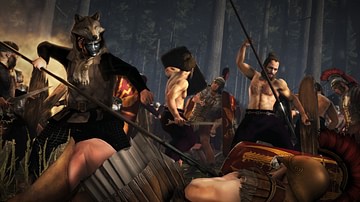
Worksheet/Activity
Fall of Rome - Podcast & Mindmap
This activity has been designed to fit a 10-minute slot for your class. Based on a 5-minute podcast, students have to fill in a mind map to identify the main reasons for Rome's fall. It is part of our Fall of Rome pack where you can find...
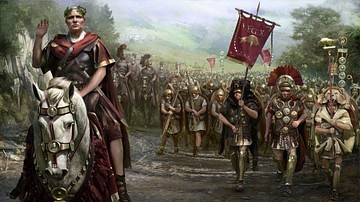
Worksheet/Activity
Fall of Rome - Podcast & Fill-in the blanks
This activity has been designed to fit a 10-minute slot for your class. Based on a 5-minute podcast, students have to fill in blanks to get a quick overview of the reasons behind Rome's fall. It is part of our Fall of Rome lesson where you...